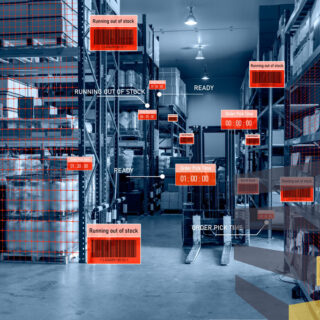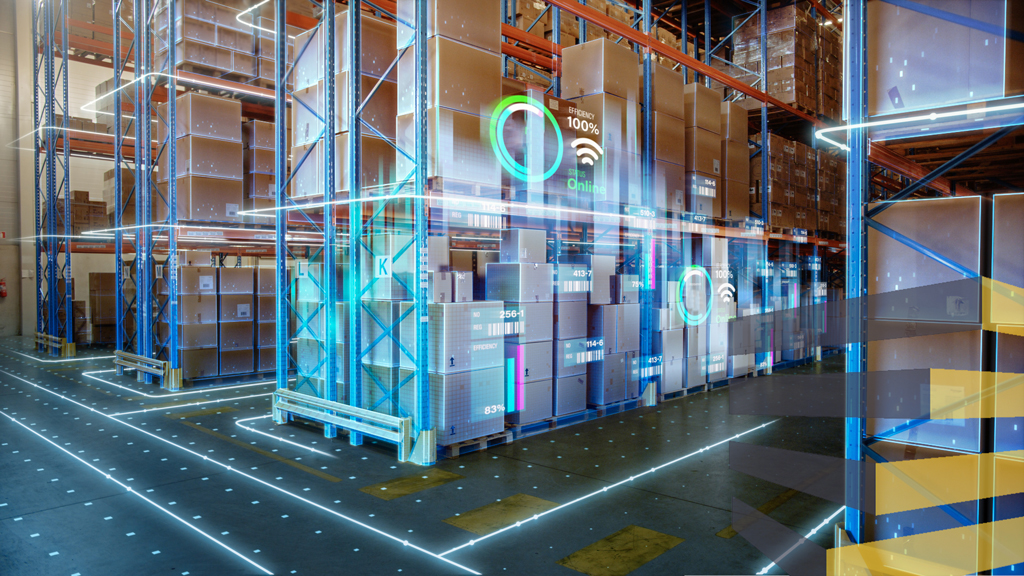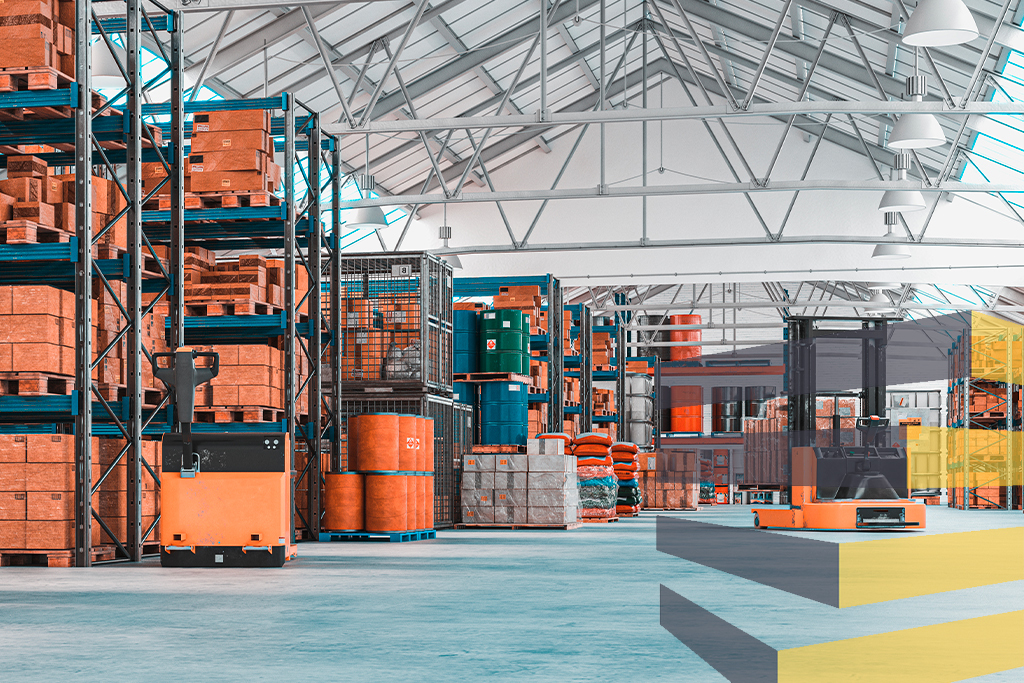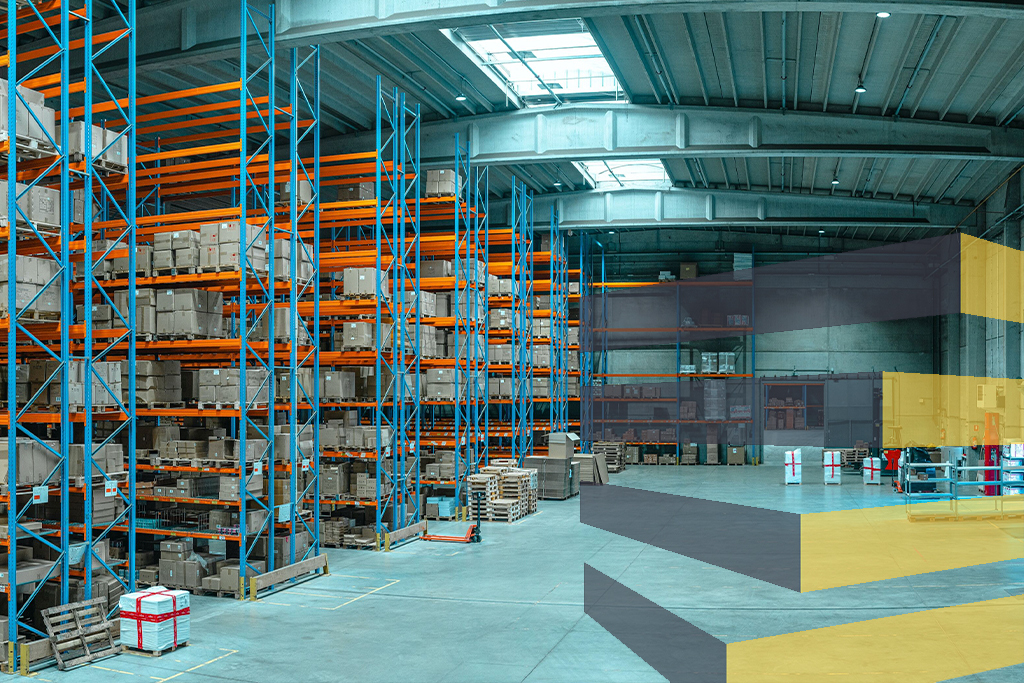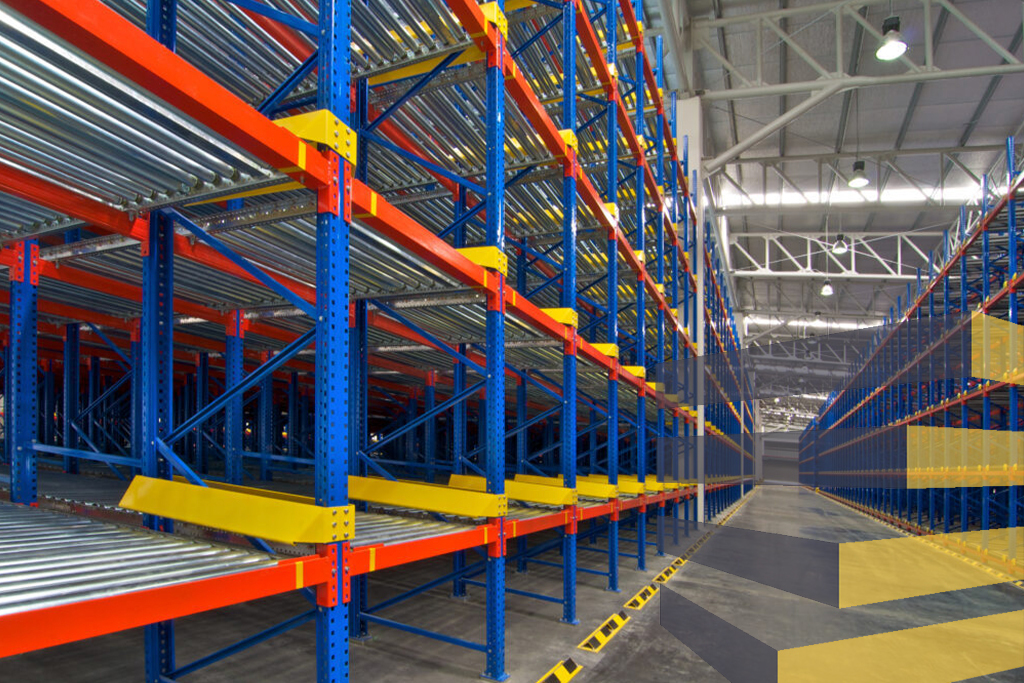Growing online retail rates have created new challenges for the ecommerce warehouse space. This involves higher demands for storage, quicker order fulfillment, the need for workforce management and training, as well as smooth coordination of last-mile delivery and returns.

In general, an ecommerce warehouse is a physical place where products are stored and moved before they are sold online. The daily operations include managing staff and inventory, maintaining relationships with shipping carriers, keeping tabs on security and shipment, and so on.
As online shopping continues to evolve, warehouses have to adapt and expand to meet the new dynamics of this industry. Implementing effective warehouse management practices for your online store allows you to save money and time while meeting customer expectations. To do so, it’s important to know the main elements of an ecommerce warehouse infrastructure closely.
If you need assitance with a warehouse setup, refit, or relocation in Brazil, Mexico, or the United States, contact us.
The booming ecommerce sector
The demand for efficient warehousing solutions has skyrocketed as online shopping continues to gain more popularity internationally. This has resulted in significant growth in the scale of warehouses across the globe, as well as new job requirements and business opportunities.
During the COVID-19 pandemic, companies had to focus on online retail in order to survive the economic crisis and reinvent themselves. In 2022, the return of physical stores saw growth slow, however it will only continue to grow as the number of people online increases.
In Latin America and the Caribbean, Brazil places highest in ecommerce sales revenue and grew 17.2% in online commerce during 2022. In second place was Mexico, the nation that saw the world’s highest rate of growth in the ecommerce market in 2019, prior to the pandemic sweeping the globe.
The US also continues to be strong with the ecommerce market projected to grow 10.2% in 2023. The country also has the second highest amount of ecommerce sales in the world, following China.
Types of ecommerce warehouse
When it comes to ecommerce warehousing, the possible combinations of stored products are endless. They may include delicate goods, food, processed items, or perishable ones, now that most everything can be sold online. So knowing the different types of warehouses can really improve the accuracy of operations.
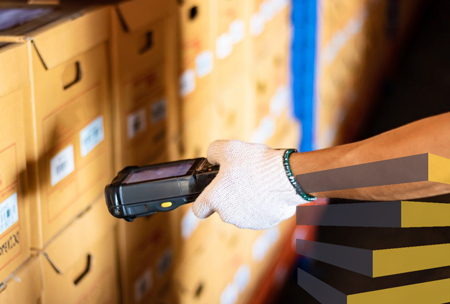
In general storage warehouses, goods are stored in a single location, and inventory is carried out in many ways. They are commonly placed close to the company’s manufacturing center. Distribution centers, on the other hand, are strategically located to receive goods from production centers, sort them, and prepare them for shipment to end consumers.
Cross-dock warehouses offer temporary storage of goods. Usually, they are a constant flow of items that only accumulate in stock for a short period. This is why they are widely used by ecommerce. Cross-deck warehouses serve as an intermediate point for receiving, short-term storage, and shipment of goods.
An automated warehouse takes advantage of robotics and innovations to receive products and organize them. They minimize the number of humans required for their operation and have automated low-emission tools, conveyor belts, and unmanned equipment, so their operating costs are high.
Bonded warehouses are buildings that host imported goods to be sold, managed, or moved to the next stage in the production process. This places them usually in the middle of the supply chain, especially between countries. They are an excellent option for ecommerce businesses that engage in cross-border trading.
7 key considerations when setting up an ecommerce warehouse
Setting up the infrastructure for an ecommerce warehouse requires careful planning to ensure efficient operations and meet the demands of online retail. Here are some essential components of the infrastructure and planning needed.
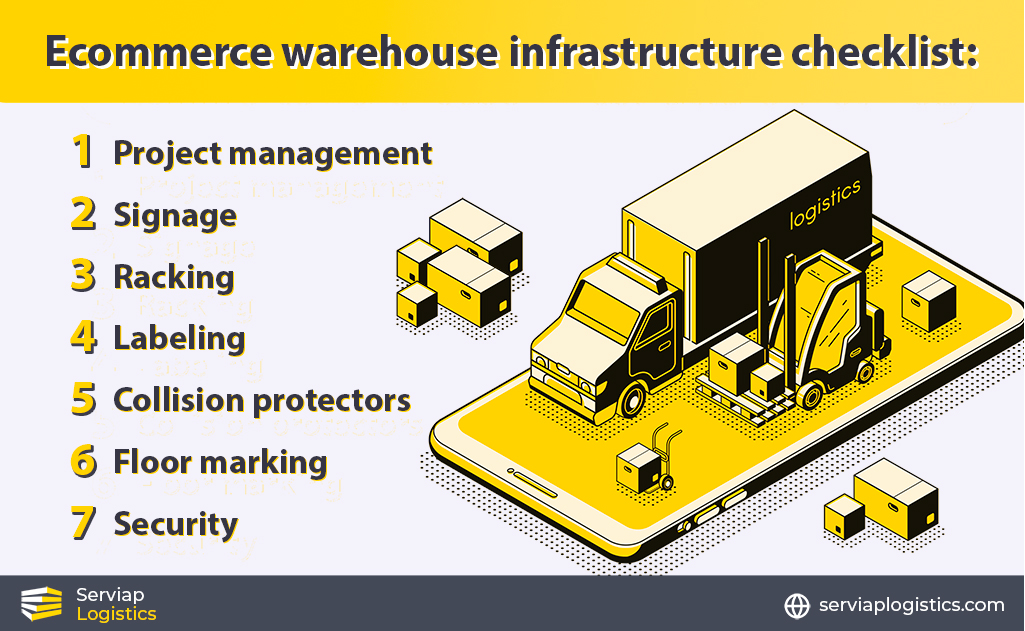
1) Project management
An efficient ecommerce warehouse needs successful project planning so that all factors can be easily organized and controlled. In the online retail sector, you’ll likely be dealing with a high volume of diverse products, as well as fast business growth, which can request continuous adaptation in your operations.
Project management is the first step to guarantee the healthy expansion of your ecommerce warehouse, and can be outlined with the assistance of specialists. You need to consider the space and how to optimize it, including the items you will be managing, the personnel, and the machinery used on the warehouse floor.
2) Signage
Signage is crucial when setting up an ecommerce warehouse. Effective signage plays a vital role in guiding personnel through the facility, maintaining organization, and ensuring safety. Therefore, it is essential to establish that the signs are well displayed, appropriately sized, and visible to all individuals on the workfloor.
Various types of signage can be installed, depending on the specific operational requirements. It is equally important to be sure that all workers understand the meaning and significance of each sign. Therefore, you should conduct pre-training sessions for personnel before the start of warehouse operations.
3) Racking
Racking is also important in the setup of an ecommerce warehouse, as it brings coordination and efficiency. Once implemented, racking systems become the foundational structure of the facility, supporting its seamless functioning. There are various styles of warehouse racking options tailored to different types of goods.
To decide which ones fit you best, you must consider the flow of people, goods, and machinery throughout the operational area. Additionally, factors such as the nature of the goods (perishable or non-perishable), delivery system, and available warehouse space should be taken into account.
4) Labeling
Warehouse labeling plays a crucial part in locating and documenting the inventory of various items, optimizing productivity. In the common ecommerce warehouse, the barcode-based labeling system has emerged as the most prevalent solution to meet the demands of daily operations.
It’s important to consider factors such as the shape, size, and material of the labels to prevent issues such as peeling, smudging, or rubbing off. A well-designed layout ensures ease of locating and legibility for operators, preventing any potential difficulties in reading the information displayed.
5) Collision protectors
An ecommerce warehouse will almost always need warehouse protection barriers, because they usually experience a continuous flow of people, equipment, and heavy vehicles like forklifts. The selection of the appropriate barrier types depends on the specific safety requirements and potential risks within the warehouse environment.
The primary purpose of these barriers is to ensure the safety of all personnel. Additionally, their presence helps prevent damage to infrastructure. It is decisive to thoroughly understand the operational dynamics of the warehouse and strategically determine the placement of guardrails and barriers.
6) Floor marking
Floor marking is another important aspect of an ecommerce warehouse, as it helps maintain smooth transit, ensuring faster daily operations. There are two main options to consider: tape and epoxy paint. Making an early decision regarding the preferred method can save both time and money in the long run.
Floor markings communicate how the space should be utilized. Tape is applied using adhesive material, while epoxy paint is a heavy-duty option. Adhesive tape is generally more cost-effective and quicker to apply. On the other hand, paint offers greater customization options.
7) Security
In order to ensure the protection of an ecommerce warehouse, its products, and personnel, security measures should be a priority. From the very beginning, planning warehouse security, including the infrastructure, is essential. The nature and location of the facility will determine the specific internal and external measures to be implemented.
Technology can strengthen security systems. Alarms, security cameras, inventory tracking systems, and smart locks are some of the innovative tools that can be utilized. Consider how these technologies will interact and integrate seamlessly. You should ensure that multiple systems can run in harmony and efficiency.
Serviap Logistics offers ecommerce warehouse services
At Serviap Logistics, we support the setup, refit, and relocation of warehouses and distribution centeres in Mexico, Brazil, and the United States. Everywhere we operate, we work according to the highest safety standards.
In all three countries, we can help you with signage, labeling, floor marking, safety barriers, and equipment assembly. We also design and supply labeling.
Our commitment to quality and safety couple with our ability to hit tight deadlines has seen us become the trusted partner of some of the biggest companies in the world, covering industries such as automotive, retail, wholesale, and ecommerce.
Contact us to learn more.
If you were interested in this article on setting up an ecommerce warehouse, check out the rest of our coverage.




